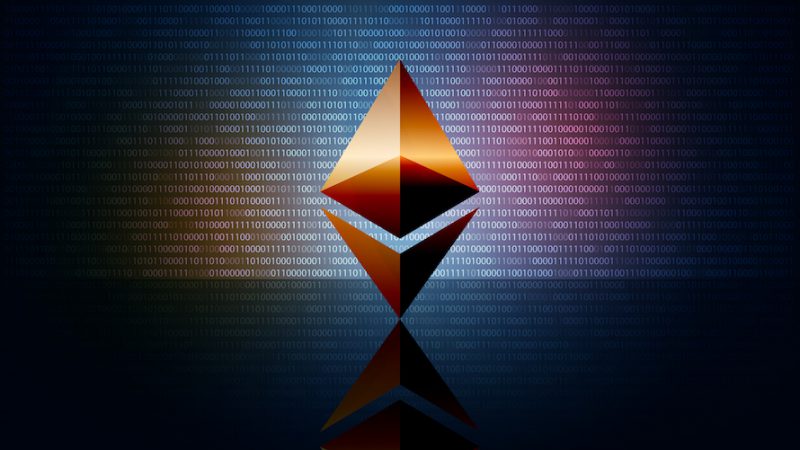During the late hours of Wednesday, the Ethereum network successfully underwent its final dress rehearsal. The network’s third public testnet, Goereli, finally made its transition from the Proof of Work consensus mechanism to Proof of Stake.
As reported recently, the transition took place when the Terminal Total Difficulty exceeded 10,790,000, around 1:45 UTC.
Read More – Ethereum: Goerli Testnet Successfully Transitions, Merge Imminent
Ethereum’s actual Merge is just weeks away now
Testnets, on their part, offer developers a test environment to try new updates and changes to a blockchain network. So now, with the Ropsten, Sepolia, and Goreli trial Merge already completed successfully, Ethereum is on the verge of executing the actual Merge on its mainnet. Now, according to the recent announcement, Ethereum’s merge is tentatively expected to be between September 15th-16th, 2022. However, the estimated date could extend up to 20th September or later.
Post the Merge, Ethereum activity will be moved over to the Beacon Chain. And the same will mark the beginning of a new era, where Ethereum will leave behind one consensus mechanism and begin another.
What changes to expect
The PoW to PoS change is set to alter quite a few fundamentals. For starters, the network is set to become even more efficient, for high-powered computers connected to the network to validate transactions are on their way out.
Alongside, miners will be eliminated from Ethereum’s equation. Instead, validators will start confirming transactions in full fledge. An Ethereum network validator, as such, connotes to any entity that has staked a minimum of 32 ETH on the Beacon Chain.
With time, the amount of staked ETH has been consistently rising. This essentially comes with a drawback. More staking would translate to reduced yields since more people will receive the block subsidies. Resultantly, each depositor will likely receive a much lesser percentage of the rewards.
On the macro frame, as outlined in a recent article, the APR is already on a downtrend. While a few analyses suggest that things might improve after the Merge, most others contend that the number will only get lower.
If that’s the case, depositors will lose the incentive to keep their tokens locked. So, if they withdraw and dump Ethereum tokens en-masse, the network security will be threatened. And alongside, ETH’s price might also bear the repercussions of the same.
Read More: Ethereum: With Merge approaching, how lucrative is staking on Lido?
Nomenclature
Now that the Merge and network transition is almost here, it is quite essential to mind the terminology. As chalked out in an earlier article, Ethereum developers had chosen to bury the ‘Ethereum 2.0’ phrase once and for all. It was replaced with something even more inclusive and technical at the beginning of this year.
Via a blog post, the foundation announced it would start following the steps of its developers and start referring to ‘Eth2’ as the “consensus layer.” The rebrand, as such, reflects the fact that what’s been called Ethereum 2.0 is more of a network upgrade rather than a whole new network.
Read More: Ethereum 2.0: Why the term ‘ETH2’ is no longer favorable





